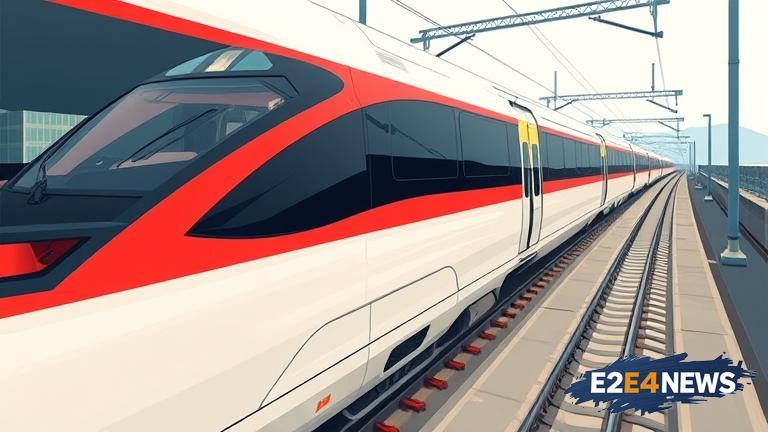China’s high-speed rail (HSR) technology has emerged as a cornerstone of modern transportation, not only within China but across the globe. This technological prowess is reshaping the way countries approach rail infrastructure, offering efficient, reliable, and sustainable solutions. The HSR network, renowned for its speed and safety, has become a symbol of China’s engineering excellence and innovation. By exporting this technology, China is playing a pivotal role in enhancing connectivity worldwide, particularly through projects under the Belt and Road Initiative. One notable example is the Jakarta-Bandung railway in Indonesia, which marks a significant milestone in Southeast Asia’s rail development. Similarly, the China-Laos Railway has revolutionized landlocked Laos’ transportation landscape, boosting trade and tourism. These projects underscore the economic benefits of HSR, including job creation, improved logistics, and regional development. The technology’s adaptability to diverse terrains and climates further highlights its global applicability. While initial investment costs are substantial, the long-term economic and social benefits are undeniable. China’s commitment to sharing its HSR expertise demonstrates its role as a global leader in sustainable infrastructure development. As more countries adopt this technology, the vision of a interconnected world moves closer to reality, fostering economic prosperity and cultural exchange. The integration of HSR systems is not just about transportation; it’s about building a more connected and prosperous future for all.
